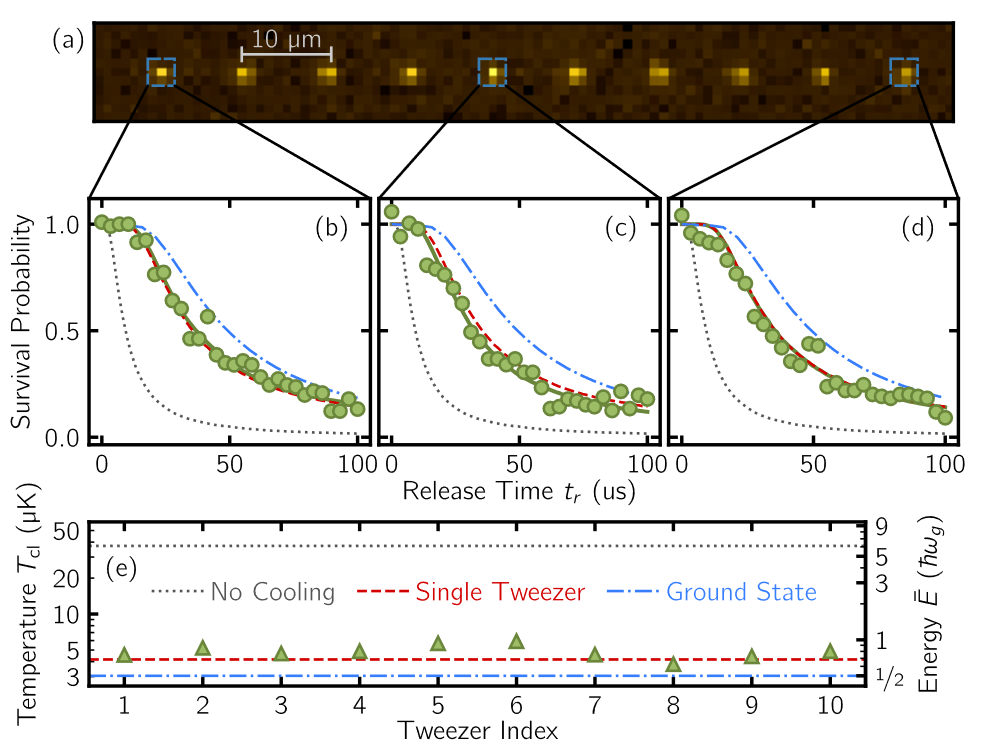High-fidelity operations on atomic qubits in optical tweezer arrays require preparation of the atoms as close as possible to standstill, which for a trapped quantum particle means occupation of the lowest motional energy state in the tweezer. Methods to laser cool atoms into this quantum state, called sideband cooling techniques, are widely established, but typically set tight constraints on the choice of the tweezer wavelength. In our new paper, we have implemented and characterized an efficient sideband cooling scheme that does not require such “magic” wavelength conditions. Our results for high-fidelity preparation and read-out under such more general settings open intriguing perspectives for novel qubit encoding schemes, and also enable applications for tweezer-trapped molecules and ions that are incompatible with “magic” sideband cooling conditions.
